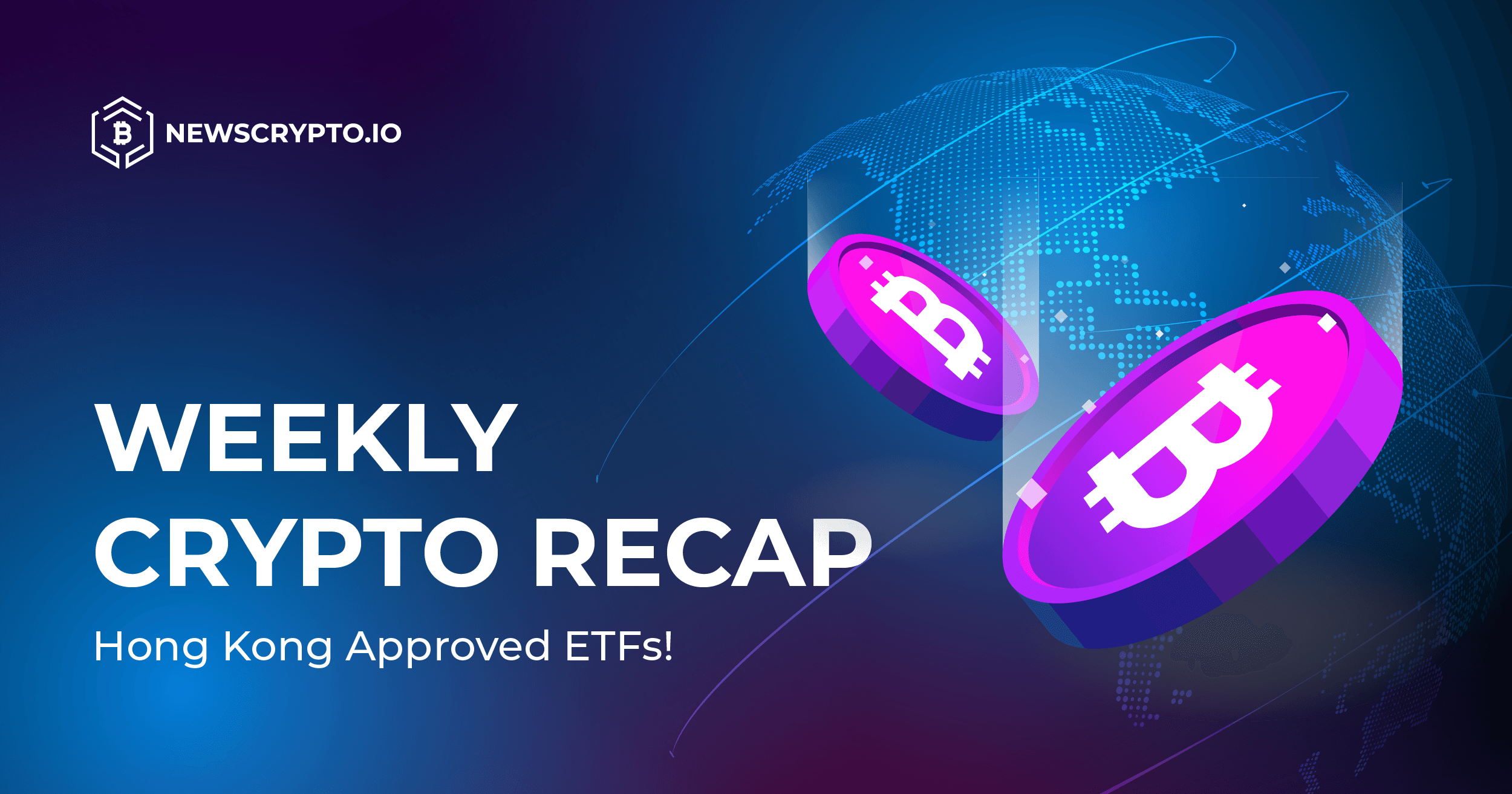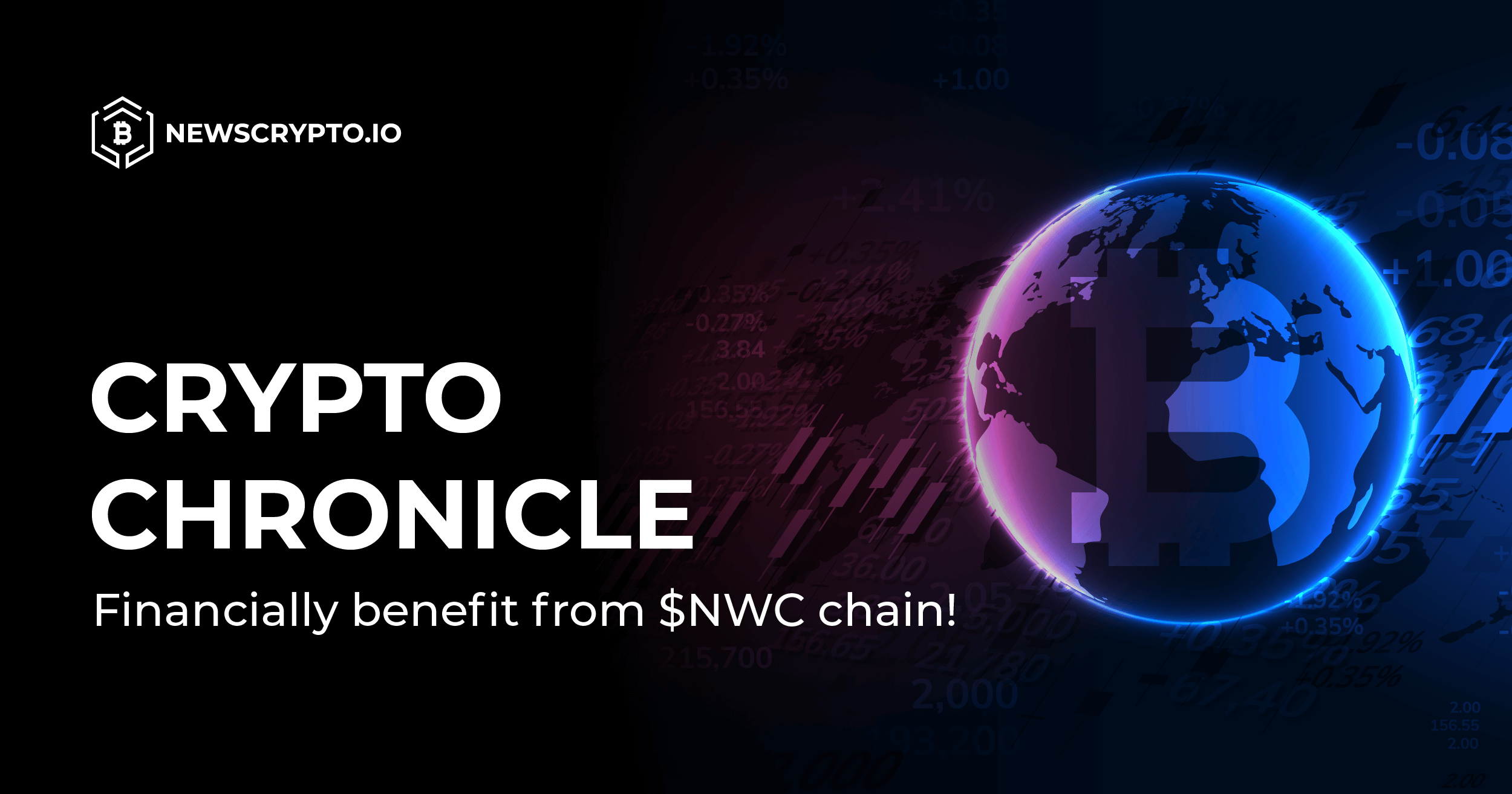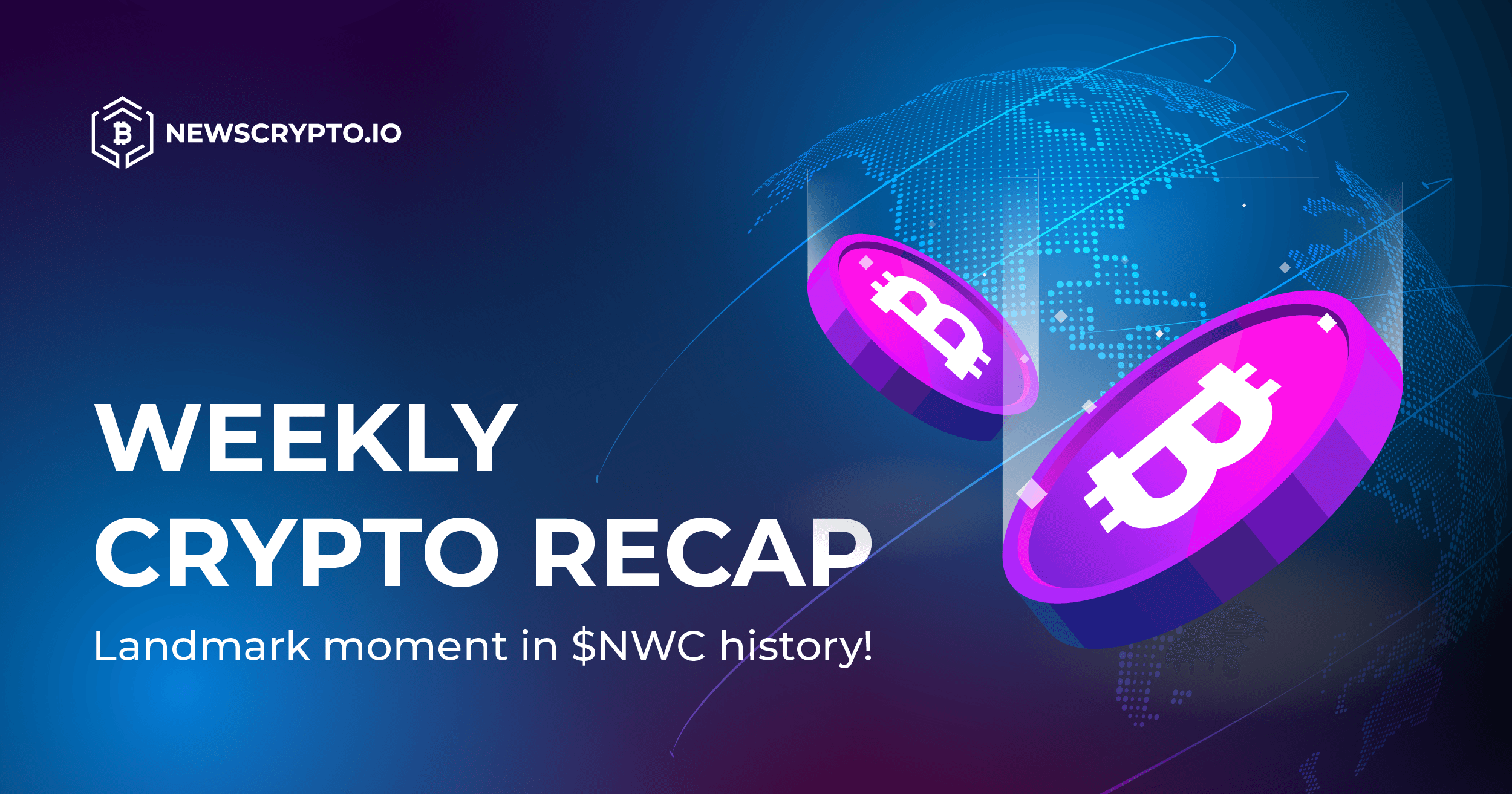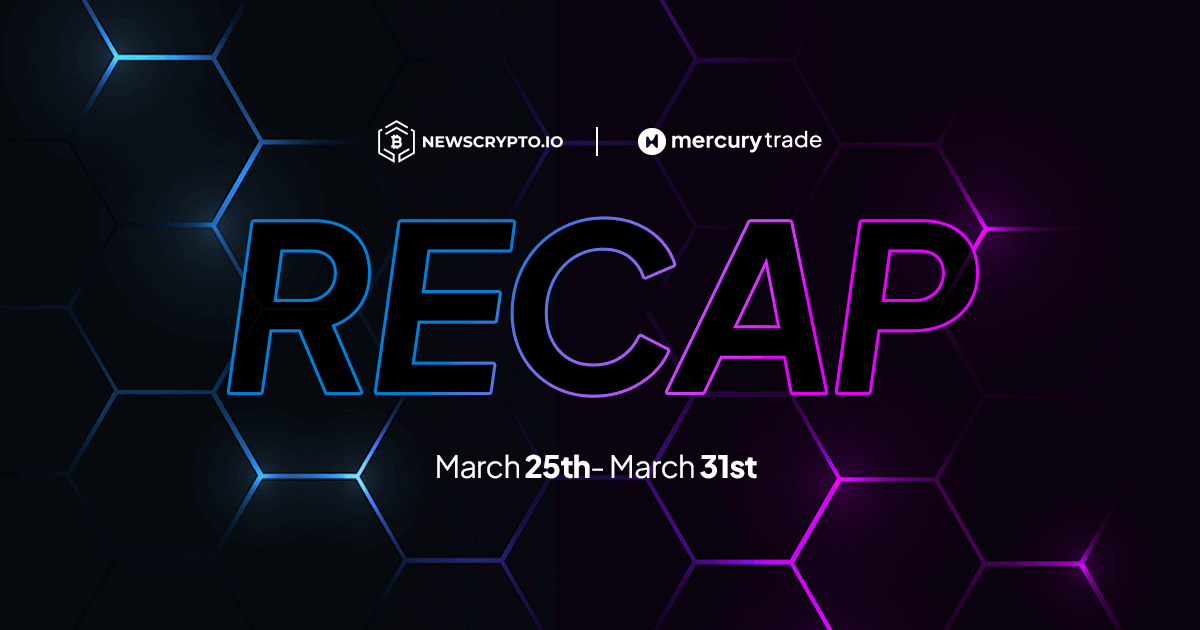Blockchain technology offers a new way to manage data and finalize digital transactions. Blockchain’s capabilities go beyond a traditional ledger, offering transparency, pseudonymity, and immutability. These revolutionary systems are the foundation for the next-gen internet experience known as Web 3.0, but they are still in the developing phase. Because blockchains are enclosed networks, integrating themselves with the rest of the world is challenging.
What are Oracles?
Retrieving real-world data and staying up to date has been accomplished with the help of a service known as an oracle that serves as a ramp bridging blockchains with the rest of the world wide web. Data coming from external sources is known as off-chain data, oracles aggregate this information and deliver it on-chain to the network for processing. Oracles play a crucial role in blockchain adoption, but they can also pose a potential threat to a network.
Centralized oracles defeat the purpose of decentralization as the unit is owned and controlled by a third party. They also make an easy target for attackers as centralized oracles are normally a single entity inputting and outputting information for a blockchain. In the event an oracle is corrupted or hacked, the corresponding protocol can begin to experience delays and potentially losses of funds.
Decentralized oracles are systems of independent oracles contributing to a blockchain. Oracle networks like Chainlink allow users to create hybrid smart contracts where on-chain code and off-chain infrastructure work together to support dApps that correspond with real-world events. Various oracles are used for distinct purposes, certain oracles input external data on-chain while others relay commands to off-chain systems.
Input Oracles
Defi protocols like decentralized exchanges utilize input oracles to stay up to date on asset prices. Without oracles, asset prices wouldn’t represent current market conditions, and traders could take advantage of arbitrage opportunities which could ultimately hinder the network. Decentralized systems can interoperate with traditional systems without compromising security and bandwidth.
Output Oracles
Output oracles enable smart contracts to send signals to external systems coming from the bridged blockchain. This is perfect for blockchains working with banks and IoT systems that need to relay a payment confirmation or intruder alert. It is just as crucial that blockchains can send signals as well as receive them from off-chain systems.
Cross-chain Oracles
Interoperable digital assets gain value because they can be transferred and accessed on different blockchains. Cross-chain oracles make this interoperability possible by connecting with other networks. GameFi protocols create their own assets mainly as NFTs and allow users on the platform to trade these assets on off-chain marketplaces. Lending pools integrate other cryptocurrencies into their protocols for users to stake and earn interest. Cross-chain oracles allow the blockchain ecosystem to operate with each other rather than traditional systems.
Compute-Enabled Oracles
Developers can automate on-chain functions when predetermined conditions are met with the help of compute-enabled oracles. Decentralized services with limited computation due to financial, technical, or legal restraints use these oracles to avoid performing manual processes or relying on centralized services. Smart contracts become self-executing sets of code performing functions such as:
• Executing limit orders on decentralized exchanges
• Minting tokens when reserves increase
• Liquidating undercollateralized loans
• Releasing locked assets after an extended period of inactivity
• Rebalancing on-chain trading and yield farming strategies
• Computing zero-knowledge proofs for privacy
Oracle Use Cases
Protocols throughout the cryptocurrency ecosystem include oracles in their infrastructure for optimal and automated performance. Lending pools predetermine a user’s borrowing capacity with the help of price oracles, as well as checking if an active position is undercollateralized and subject to being liquidated. A majority of the defi ecosystem utilizes oracles for accurate and up-to-date financial information.
Compute-based oracles work great for randomly selecting winners for an NFT airdrop, for example. Tournaments hosted by on-chain gaming applications generate random matchmaking with the help of these oracles as well. Blockchain integration wouldn’t be possible if it weren’t for oracles. Decentralized insurance protocols rely on oracles to issue claim payments as well as verify the insurable events during processing.
Bottom Line
Oracles and the creation of hybrid smart contracts connect the blockchain ecosystem to the traditional economy, enabling integration from major corporations and governments. Virtually any backend system can integrate into the digital sphere with the help of blockchain middleware.




